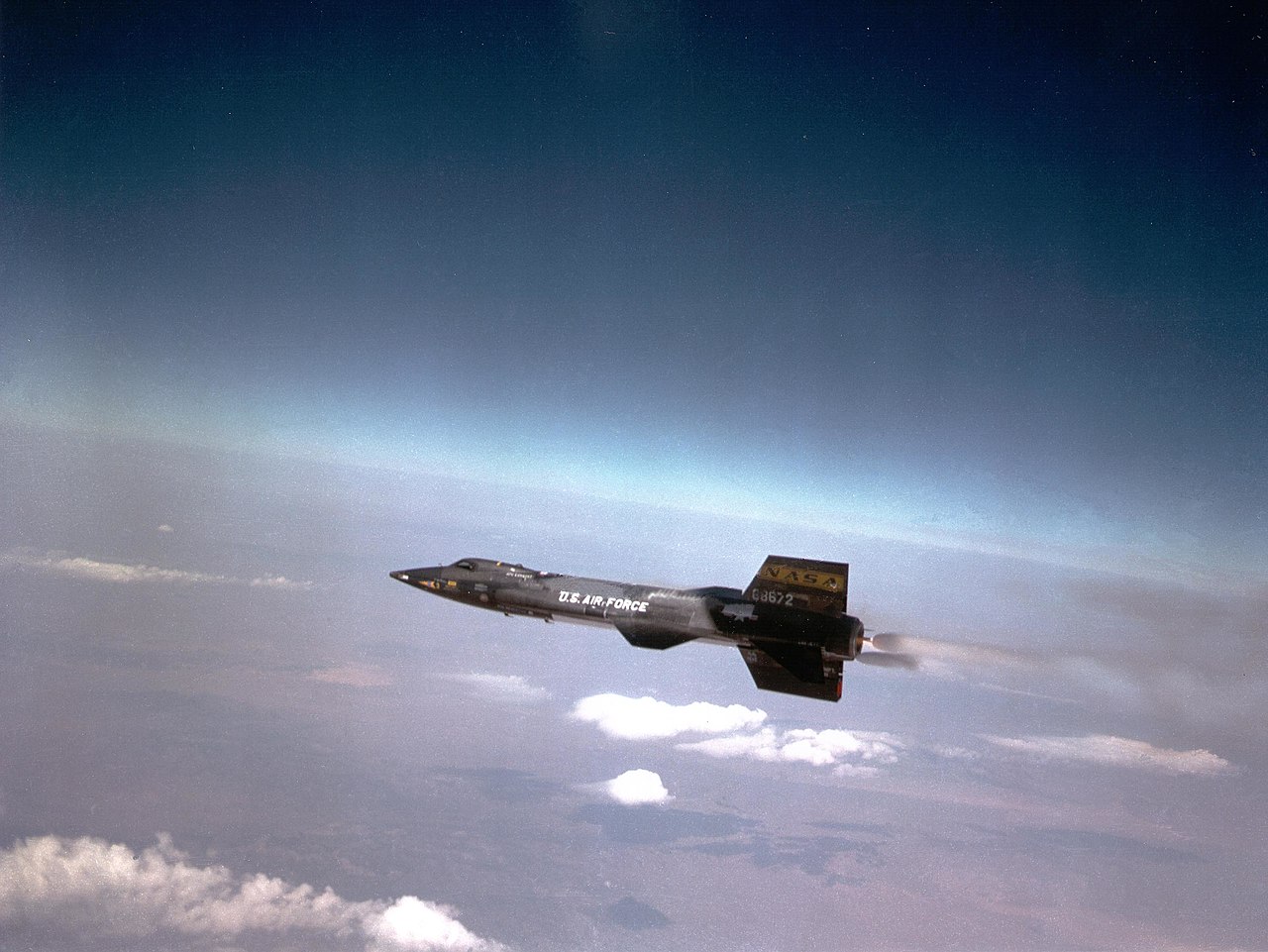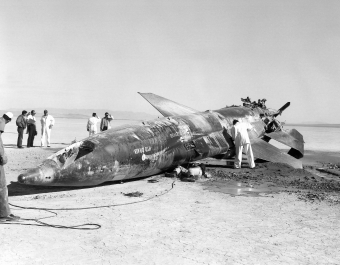UNSW Canberra researchers investigate hypersonic vehicle accidents
Hypersonic technology could soon make a 90-minute trip from Paris to New York possible, but UNSW Canberra researchers have suggested that safety considerations must be further developed before hypersonic flight is commercialised.


